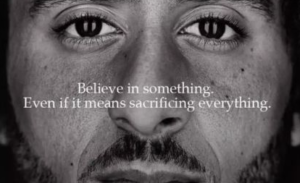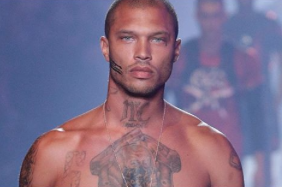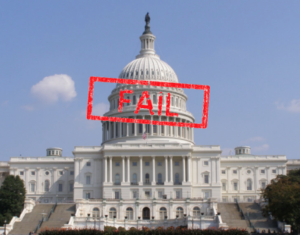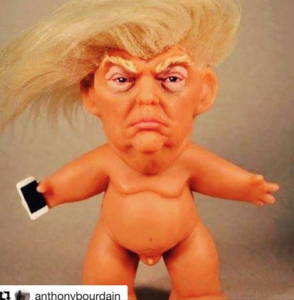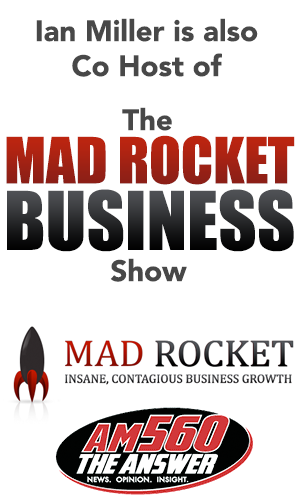
Like most mothers, my wife tirelessly taught our kids to “use their words” when angry or frustrated. Makes sense, right? Better to talk it out than fight it out.
OK, but what does this have to do with branding? Well, a whole lot today.
Societal behavior has changed. I’m not sure if it’s an evolution or transition or what, but in today’s highly judgmental and litigiously sensitive world, words are loaded and often weaponized.
On the world stage, one person’s ‘terrorist’ is another’s ‘freedom fighter.’ Any questioning or equivocation here can immediately drop you in the middle of an active ‘pro’ or ‘anti’ group.
It’s heady stuff, for sure. Come talk to us if we can help you better understand where and how your brand can thrive in even as confusing a market as we have now.
Closer to home, most people are decidedly either a Democrat or a Republican. The gap between us has never been wider. One errant comment about guns, open borders, and inflation makes you an ‘extreme MAGA Republican.’
Any comments of inhumane treatment of people, animals, or the environment will label you an ‘extreme liberal Democrat’ with ‘woke’ blood surging through your veins. And now, we all need to be trained to understand gender and sexual labels – ‘they,’ ‘them,’ ‘trans,’ ‘cis,’ ‘binary,’ ‘LGBQT+,’ and so on. Indeed, everyone must be respected for who they are and their individuality. No judgment here, but any use of the wrong word can be deemed deeply offensive to someone and met with swift and angry reactions.
What happened to mutual respect and ‘using our words’ to freely express views without being cut off and summarily dumped into an extreme bucket?
Is common sense under fire? Has ‘hype’ media taken over? Extreme views and warring factions make for great headlines and ratings. Where is objectivity and impartiality? Are we moving to a culture where inclusion outranks achievement, ‘optics’ rule, and mislabeling cannot possibly be accepted as an innocent mistake? Perhaps it is better not to say anything!
So much for ‘using your words’.
OK, what about branding?
Well, ask Bud Light. We all know the story. A promotion that partnered with a trans influencer lost the brand’s substantial share and a leadership position that they may never regain. Adidas, Target, and others who innocently tried to cater to similar new audiences were immediately labeled as ‘woke’ and publicly attacked accordingly.
So, what is the solution for a brand message in today’s market?
Should a brand stay mainstream, entirely out of social discord, and devoid of social labels? After all, who cares what a banana grower or widget maker thinks? Possibly, but what happens to those new or current employees who demand to work for companies and brands that are ‘purpose-driven’ in terms of the betterment of humanity? Does staying quiet and agnostic create a relevance issue?
Like in most sectors of our life today, it’s complicated.
But then again, does it have to be?
I have a simple solution.
When the world is in turmoil and the immediate future is uncertain, two factors will always win. Authenticity and Leadership. When times are wild, your brand’s consumers and customers are hungry for the truth and someone to give them hope for the future. This is the absolute opposite of ‘virtue signaling.’
You must understand your company and your brand’s SOBs (your Source of Business targets). If you know what your crucial growth users think and what they desire from your brand, focus all your efforts on providing the best product or service you can. And importantly, pay special attention to this … offer an authentic, relevant brand ‘home.’
The greats… Apple, Nike, Harley Davidson, Starbucks, Amazon, and even Taylor Swift provide an emotional venue where their SOBs want to be. Yes, a particular tagline or ad campaign might have drawn you to a brand. Still, mostly, it’s about being real and allowing your users the room to experience, adopt, and advocate your brand as a reflection of themselves without false assertions.
Advocate for your consumers and customers, your SOBs, and your people. Have the courage to lead them and do what’s right for them. No one can blame AB for wanting to expand Bud Light to a growing user group. Do not do it if it makes your core customer (your primary SOB) uncomfortable or alienated. If the beer they hold betrays their image of themselves, they will vacate your ‘brand room’ in droves. Greed is no excuse.
And here is an obvious tip. If you advocate for something socially beyond how wonderful your brand is, pick something everyone can agree on … not profoundly polarizing. I just noticed that Purina is advocating against domestic pet abuse… something that everyone, including their SOB, can agree on and would add to their brand room, I would think.

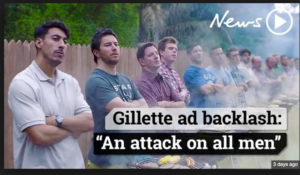 ing is alive and well.
ing is alive and well.